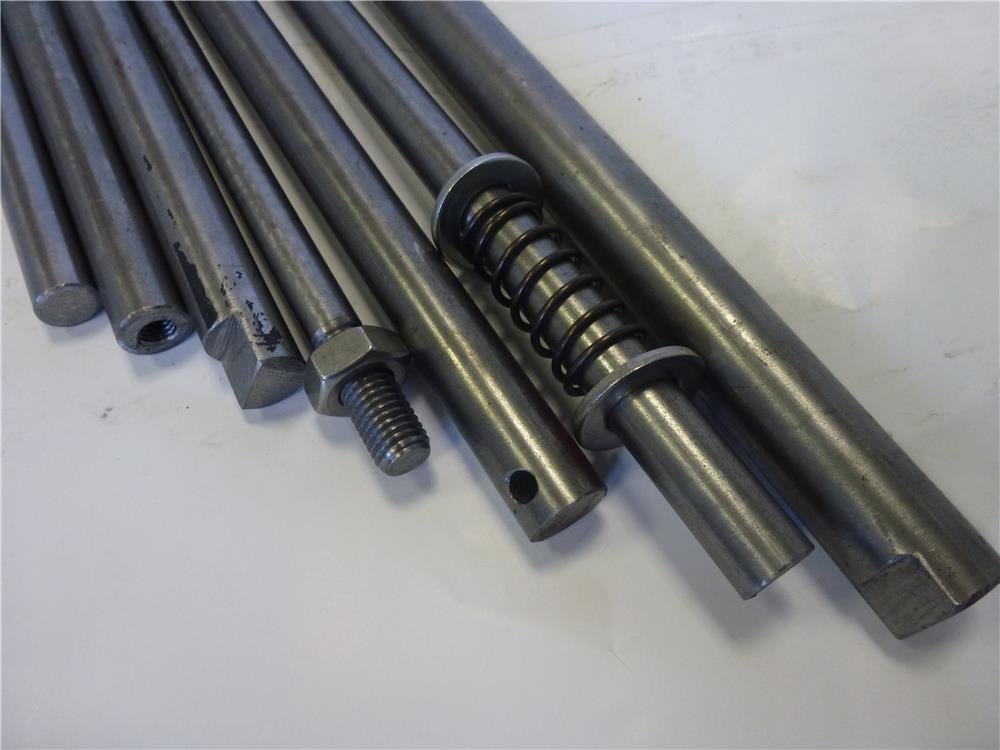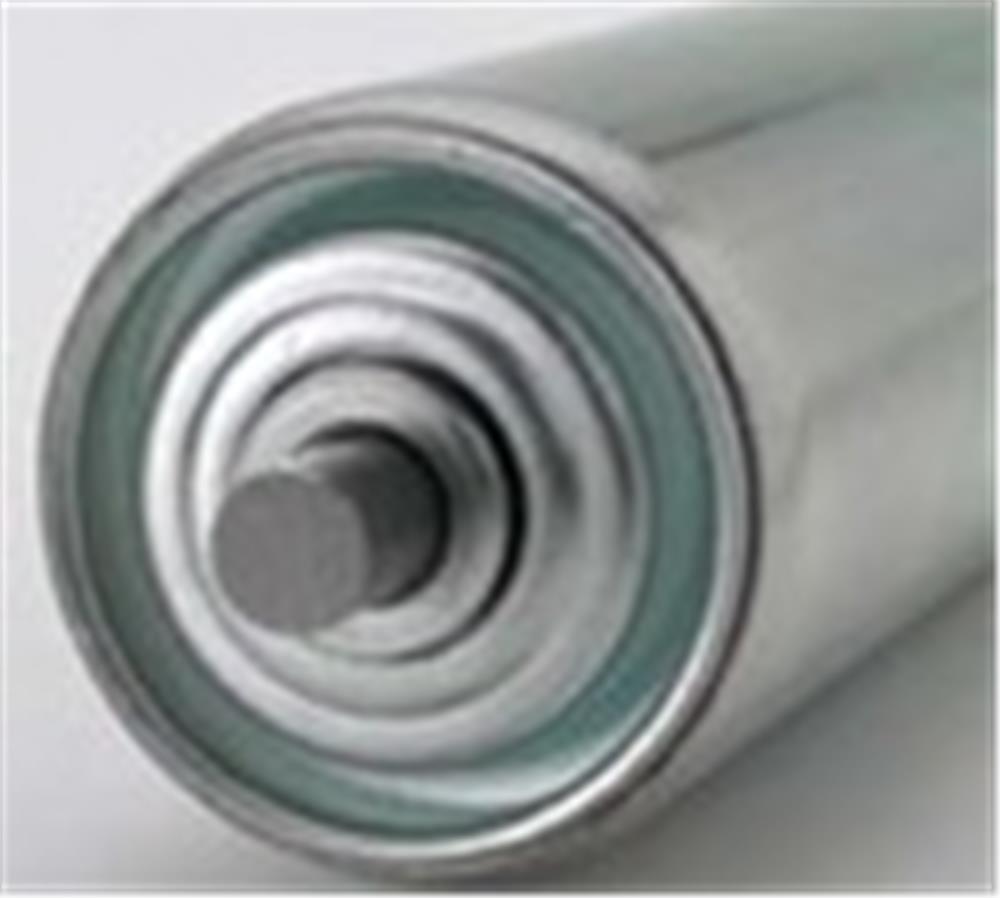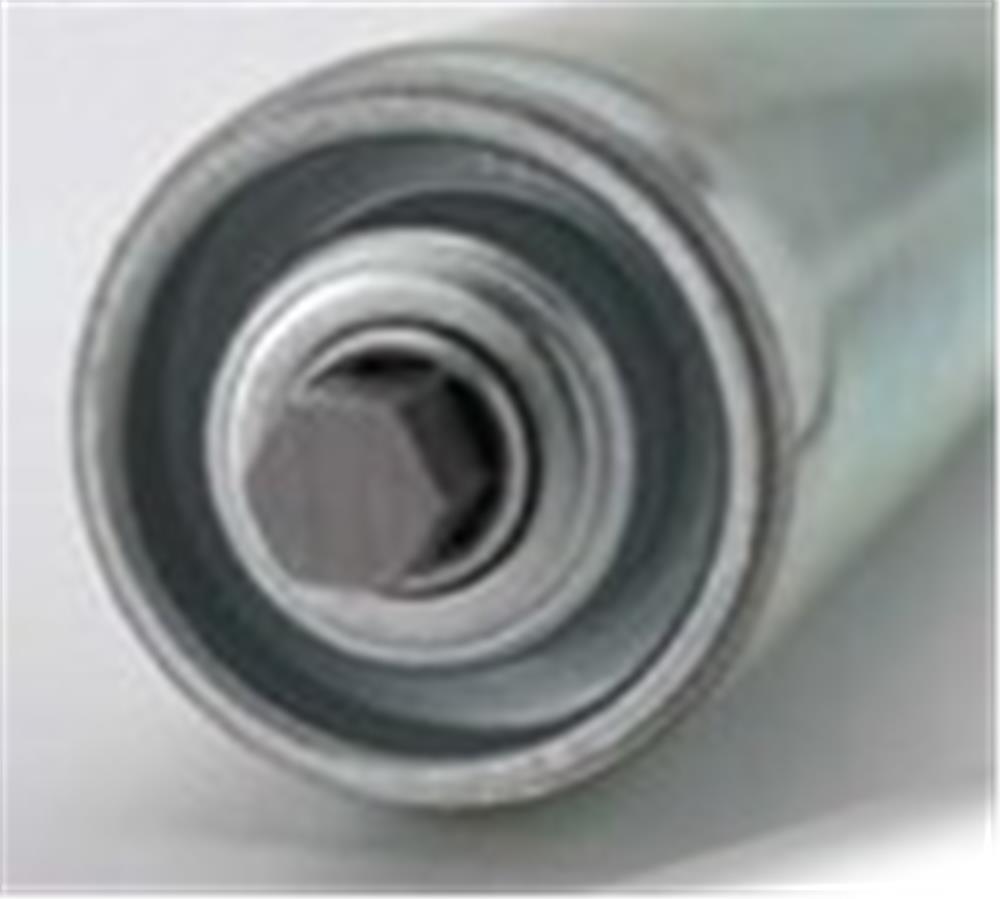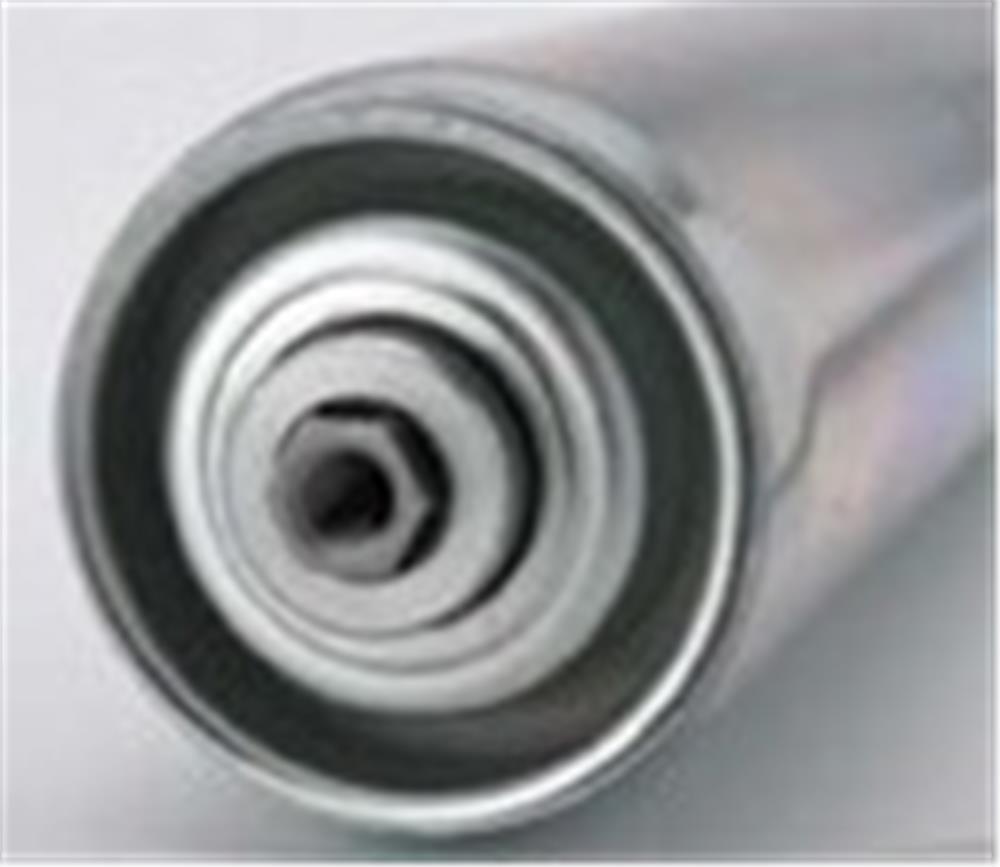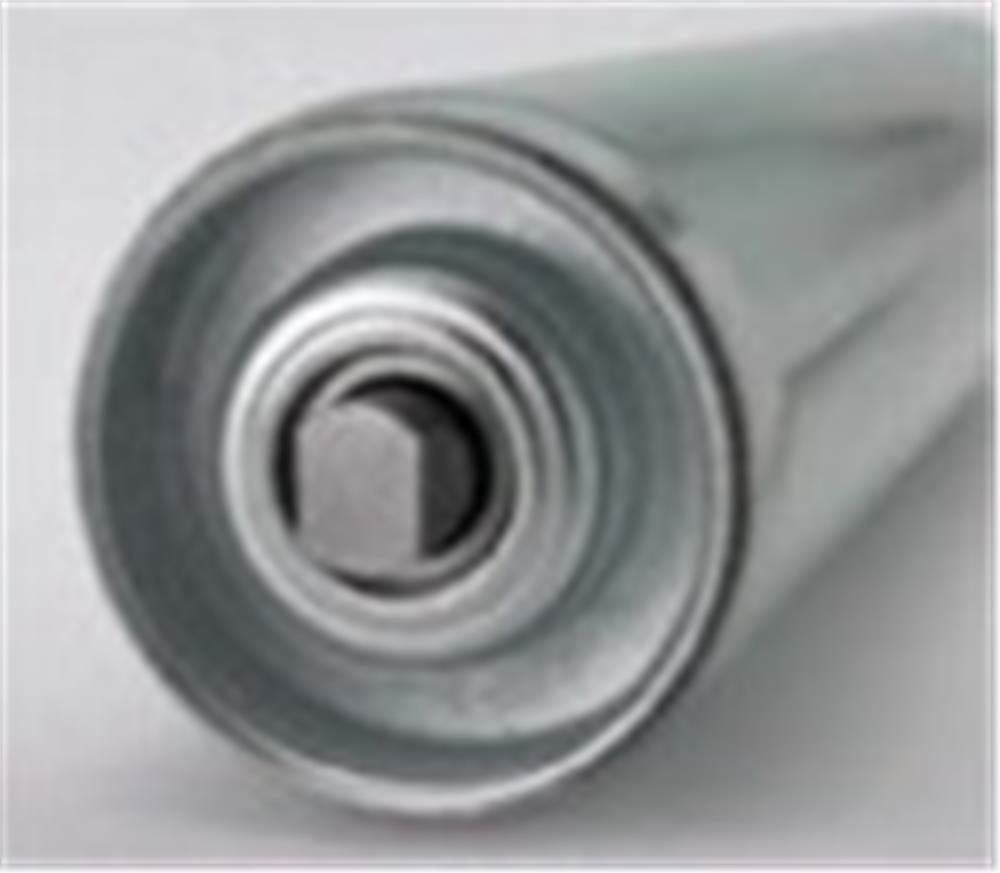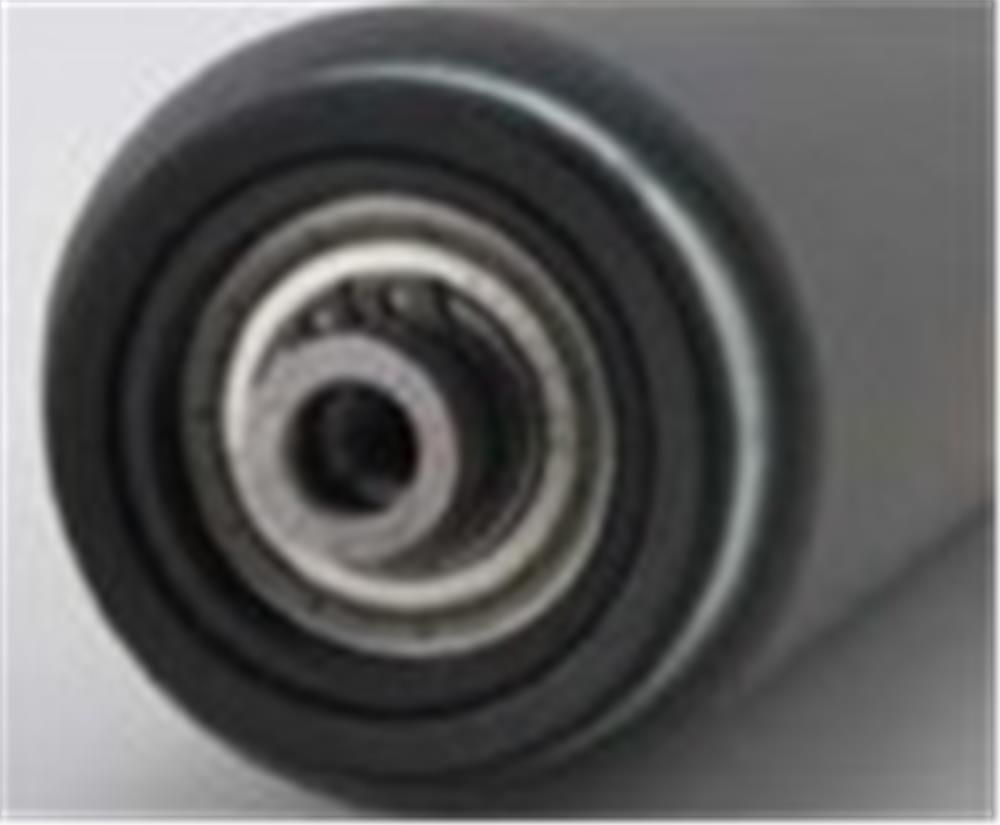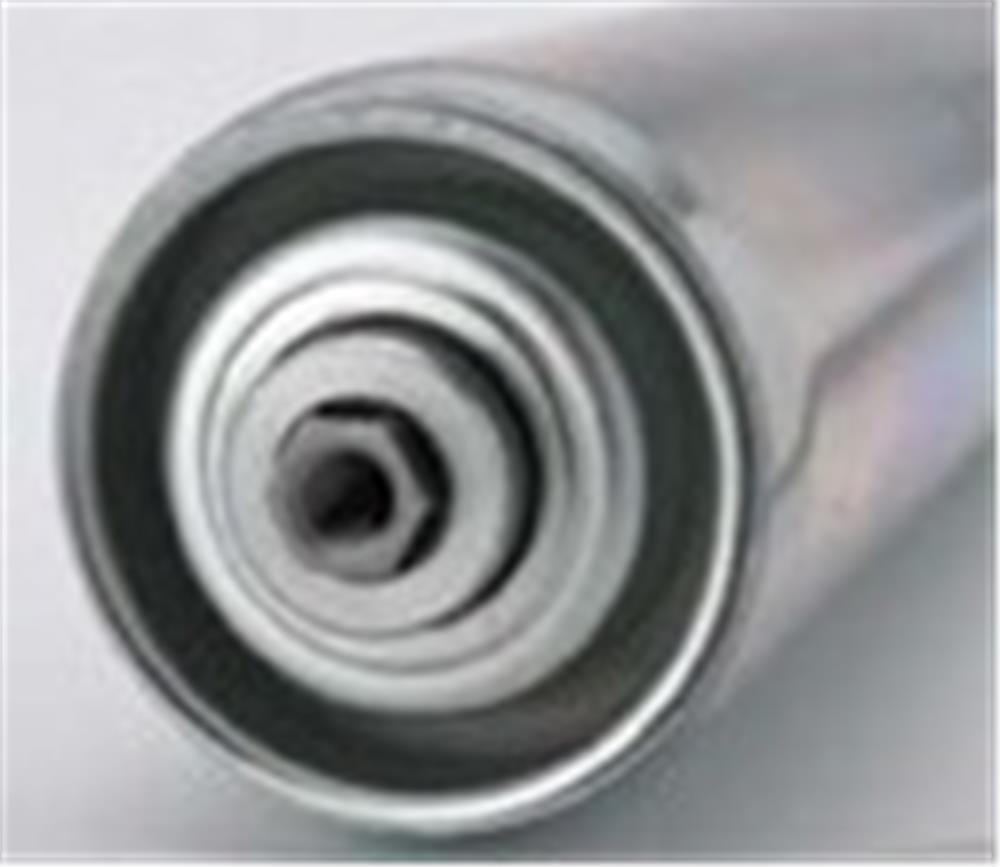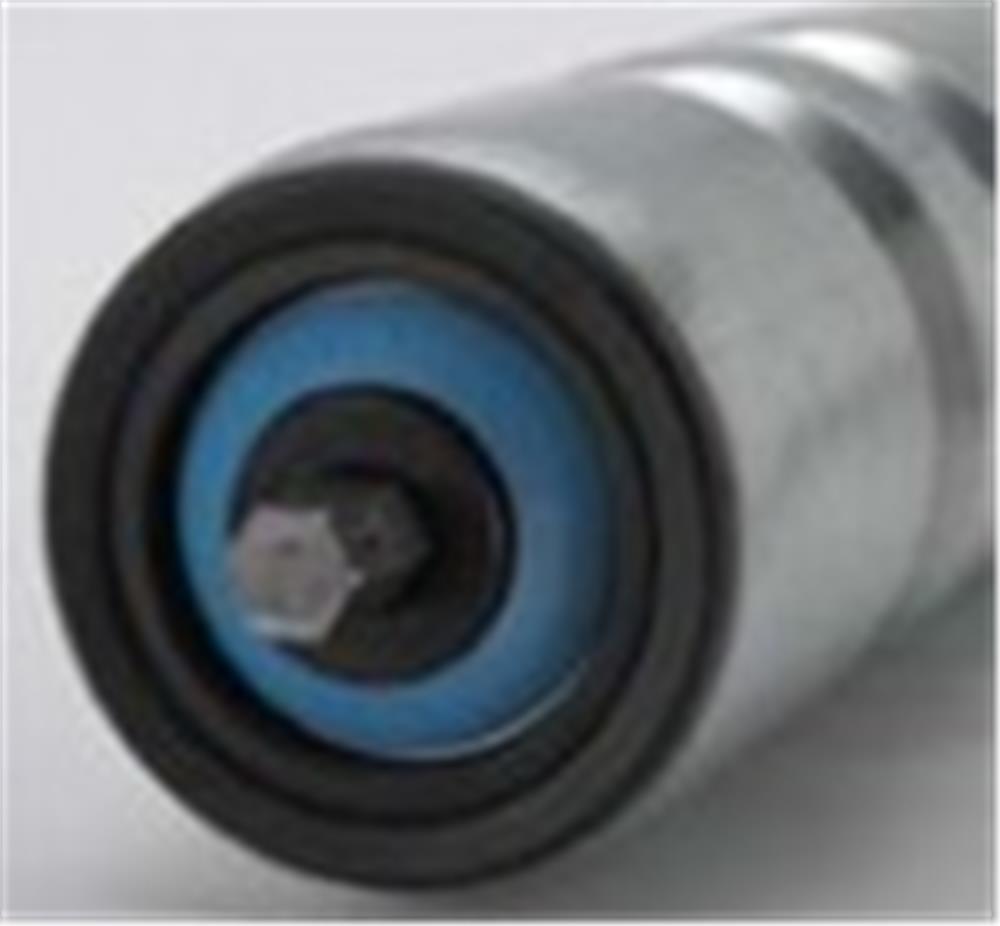
How to Fit a Roller in a Frame
How does a Roller fit in a Frame
Roll Ezy offers a roller replacement service covering practically any type of special conveyor roller to suit existing installations. Our specialist team and our practical experience ensures that we can offer a bespoke roller replacement service which is competitively priced and you can be sure that all our rollers are manufactured in-house in the UK with fast turn around times.
When obtaining replacement rollers it is vital to ensure the rollers fit into the frame using the correct spindles. We can also offer advice on how to measure a roller to ensure we can supply you with replacement rollers which fit perfectly into your frame.
Types of Roller Spindles
Round
Un-machined round spindles are suitable for double spring loaded rollers. In some cases the side-frames could be drilled as opposed to punched.
Hexagonal
Extruded hexagonal spindles are suitable for punched conveyor side-frames. In most cases the spindle would be spring loaded. The hexagonal shape prevents the spindle from rotating in the side frame, it also prevents the bearing inner race from rotating on the spindle.
Drilled and Tapped
Both round and hexagonal spindles can be drilled and tapped at each end to enable the roller to be bolted between the conveyor sideframes, thus increasing the rigidity of the conveyor.
Milled Flats
Round spindles with 2 milled flats are used in conveyors with slotted side frames where rollers are lowered into position. In most cases the spindle is supplied fixed within the roller.
Circlipped
External circlips can be used to captivate a spindle within a roller. This method of retention is usually found on heavy duty rollers and drums.
Threaded
Round spindles can be threaded at either end to suit a metric or imperial nut. In most cases the spindle is supplied loose.
Drilled Spindle End
‘Cross drilled’ spindles are supplied loose and allow several rollers to be wired together in a sideframe to prevent spindle rotation and to retain the roller.
